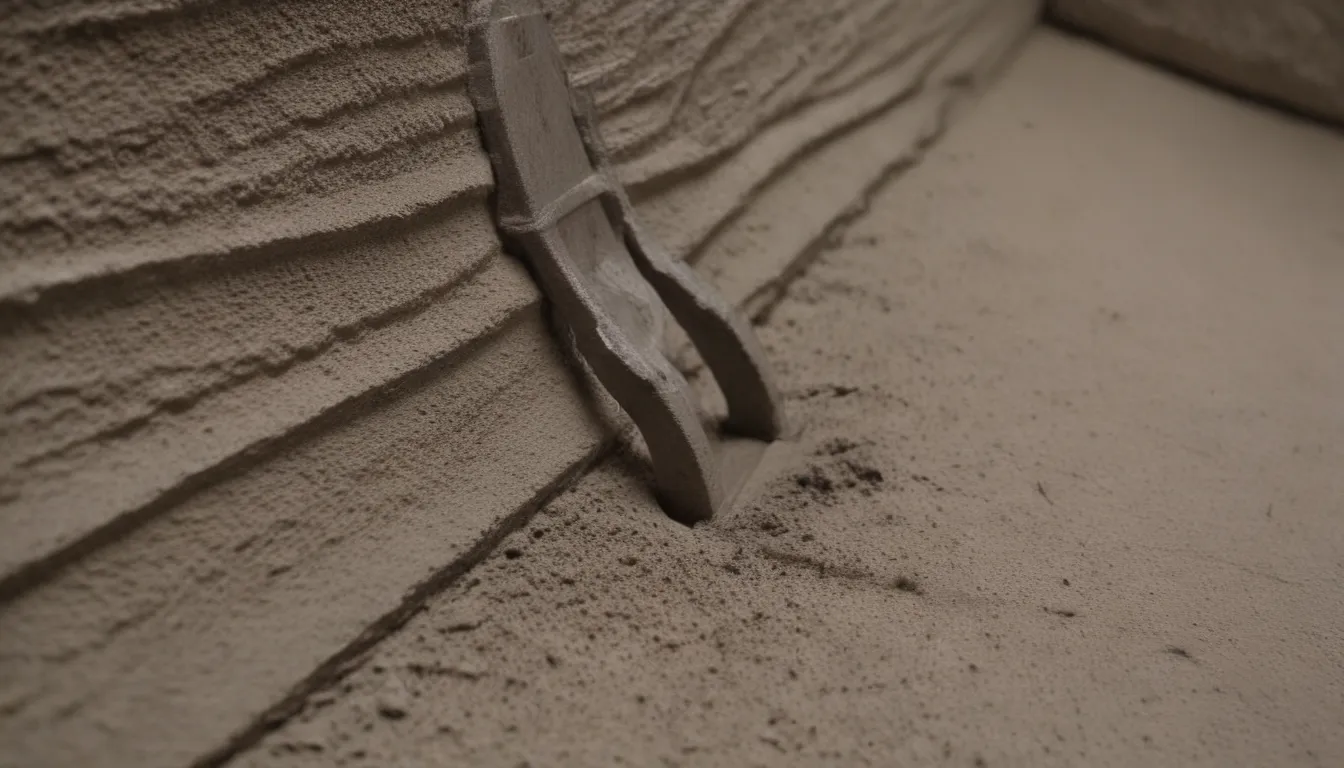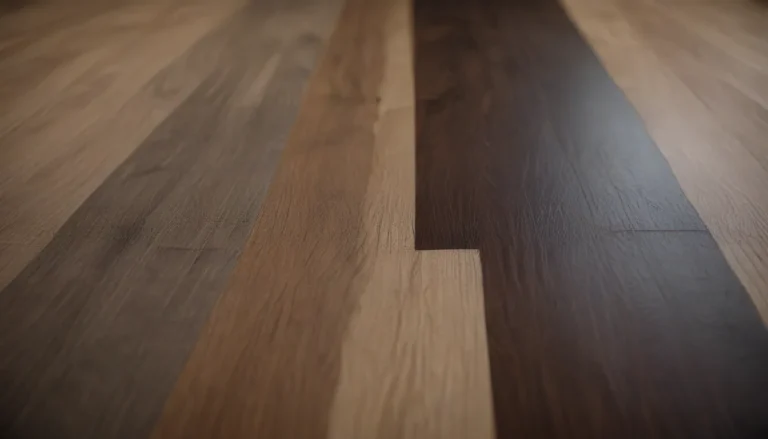Everything You Need to Know About Hydraulic Cement

Welcome to our in-depth guide on hydraulic cement! If you’ve ever struggled with patching cracks in your basement walls or repairing your concrete pool, then this article is for you. Hydraulic cement is a fantastic product that can make your life a whole lot easier when it comes to masonry repair and construction. Let’s dive into what hydraulic cement is, why it’s needed, and all the creative ways you can use it around your home.
What Is Hydraulic Cement?
So, what exactly is hydraulic cement? Think of it as a superhero liquid that springs into action when it comes into contact with water. It dries and hardens rapidly, making it perfect for fixing cracks, patching chips, and even building water-resistant structures like docks or dams. Hydraulic cement is made up of four key ingredients: alite, belite, celite, and brownmillerite. Celite and brownmillerite keep the cement in liquid form until you’re ready to use it, while alite and belite give it strength and durability once it’s hardened.
Why Is Hydraulic Cement Needed?
You might be wondering why you need hydraulic cement when standard cement seems to do the job just fine. Well, hydraulic cement takes things up a notch with its rapid setting time. In just minutes, this magical liquid can solidify and become water-resistant, making it perfect for quick home projects and marine applications. Its resistance to chemicals and heat, along with its ability to cure in high-moisture conditions, make hydraulic cement a versatile and essential tool for all sorts of repair and construction jobs.
How To Use Hydraulic Cement
Now that you know what hydraulic cement is and why it’s needed, let’s explore some common uses for this amazing product:
Fixing Basement Wall Cracks
- Identify and fix the source of the problem before patching the concrete.
- Work quickly with the cement once mixed to maximize working time.
Swimming Pool Repairs
- Drain and clean the affected surface before repairing cracks or chips.
- Address repairs promptly to prevent larger issues.
Filling Fountain and Cistern Cracks
- Stop leaks and water contamination by filling cracks in fountains and cisterns.
- Determine the root cause of the issue to prevent further damage.
Patching Chimneys
- Use hydraulic cement to patch vertical cracks in chimneys to prevent water seepage.
- For horizontal cracks, consult a professional for repairs to avoid structural damage.
Manhole Crack Repairs
- Fix small cracks or chips in manholes with hydraulic cement to prevent further damage.
- Take advantage of the water-resistance and fast drying time for quick repairs.
Building Docks and Dams
- Choose the right type of hydraulic cement for building sturdy structures like piers and retaining walls.
- Consider low heat of hydration or high sulfate-resistant options for specific applications.
Mending Drainage Systems
- Seal cracks in concrete drainage systems to prevent water leakage.
- Address extensive damage promptly to avoid potential replacement.
Sealing Masonry Structures
- Use hydraulic cement to seal minor leaks in masonry structures quickly.
- Temporary patching can buy time for professional repairs to the underlying issue.
Elevator Pit Patches
- Seal cracks in elevator pits to prevent water damage to electrical equipment.
- Address the primary cause of cracks to avoid further structural damage.
Foundation Repair
- Fill cracks or patch holes in foundations with hydraulic cement for minor repairs.
- Resolve external factors causing damage to prevent future issues.
Health and Safety Precautions
Remember, safety always comes first when working with hydraulic cement:
- Wear necessary PPE, including safety gloves, glasses, a mask, closed-toe shoes, long pants, and a long-sleeve shirt.
- Avoid breathing in cement dust and wear safety glasses or goggles to protect your eyes.
- Thoroughly clean the concrete surface to ensure a strong adhesive bond with the cement.
With these precautions in mind, you can confidently tackle your masonry repair and construction projects with hydraulic cement by your side!
In conclusion, hydraulic cement is a game-changer when it comes to quick and effective masonry repairs. Its rapid setting time, water-resistant properties, and versatility make it a must-have for any DIY enthusiast or homeowner. By understanding what hydraulic cement is, why it’s needed, and how to use it safely, you can take on a wide range of projects with confidence. So, grab your supplies and get ready to transform your home with the power of hydraulic cement!





